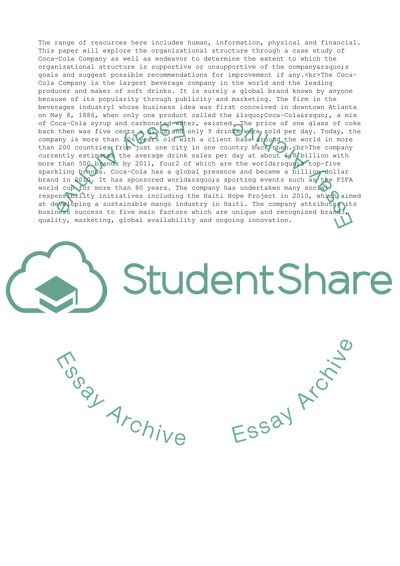Cite this document
(“Organizational Structure in Coca-Cola Company Assignment”, n.d.)
Organizational Structure in Coca-Cola Company Assignment. Retrieved from https://studentshare.org/business/1598998-organizational-behavior
Organizational Structure in Coca-Cola Company Assignment. Retrieved from https://studentshare.org/business/1598998-organizational-behavior
(Organizational Structure in Coca-Cola Company Assignment)
Organizational Structure in Coca-Cola Company Assignment. https://studentshare.org/business/1598998-organizational-behavior.
Organizational Structure in Coca-Cola Company Assignment. https://studentshare.org/business/1598998-organizational-behavior.
“Organizational Structure in Coca-Cola Company Assignment”, n.d. https://studentshare.org/business/1598998-organizational-behavior.


